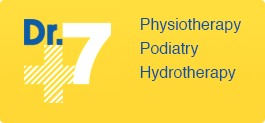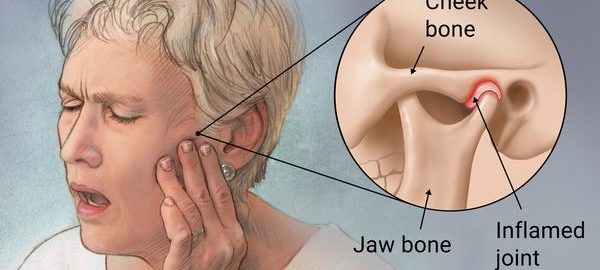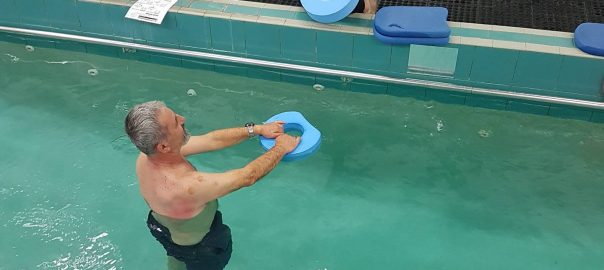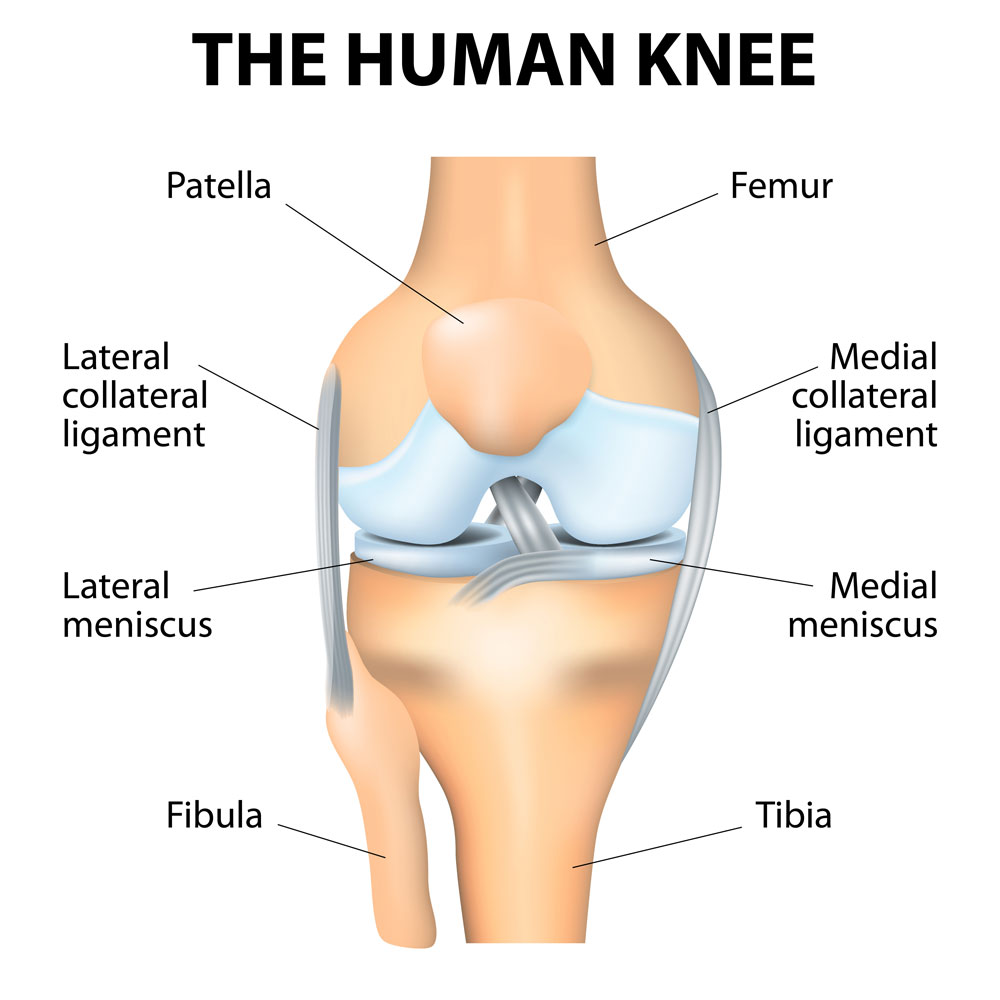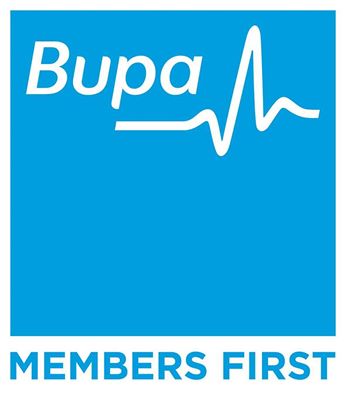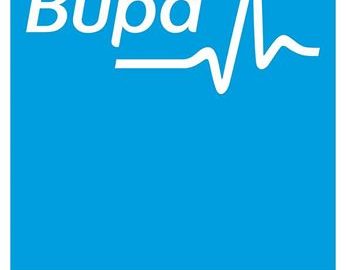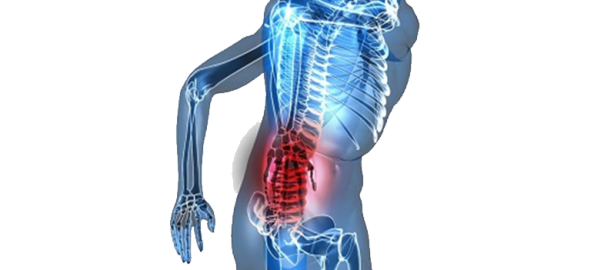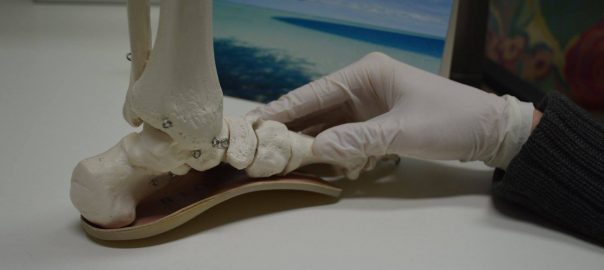Why do I have jaw pain?
The most common cause of jaw pain can be due to several different causes. Causes that can be effectively treated by your Dr7 Physiotherapist include: stiff upper cervical joints, stiffness of the temple muscles or occasionally jaw pain is due to restriction or mal-tracking of the jaw joints themselves, called Temporomandibular Joint (TMJ) pain. Some causes of jaw pain can be related to dental issues so it may also be appropriate to consult with your dentist.
What is TMJ Pain?
The joints of the jaw are called the temporomandibular joints (TMJ). When working correctly the jaw bone, mandibular, should be able to roll and slide inside the temporal bone. When the muscles or ligaments on either one or both sides supporting the joint become restricted this movement becomes hindered and abnormal. Over time this abnormal movement will cause inflammation and pain. Symptoms can include pain, clicking, pain with chewing and headaches.
Is TMJ Pain common?
Jaw pain is common within the community, however due to the varying causes of jaw pain it is difficult to accurately determine the incidence of TMJ pain. The most common age groups to be affected by TMJ are those from 20-40 years of age.
What causes TMJ Pain?
Common activities that can result in TMJ pain are: grinding or clenching of teeth, stiff upper cervical joints due to posture, favouring one side to eat, nail biting or previous injury to the jaw.
How long does TMJ Pain take to get better?
The duration of your symptoms can vary and depend on several factors such as length of pain before physiotherapy treatment, if postural issues can be modified, the number of triggers present and your adherence to your exercise program. If your symptoms are mild-moderate you could have full resolution in 2-4 weeks however if your symptoms are severe it could take several months. After your initial assessment your physiotherapist will be better able to give you a more accurate estimate.
How can Dr7 Physiotherapy help?
Your Dr7 Physiotherapist in Yokine will be able to provide you with some pain relieving techniques that will also regain the elasticity and movement of your TMJ and cervical joints. We can teach you how to reduce your pain throughout the day but most importantly how to modify work postures and daily habits to resolve your pain and prevent reoccurrence. All our physiotherapists are trained in treatment techniques such as dry-needling (acupuncture), sports taping, laser therapy and manual soft-tissue techniques. Call 9349 1777 for further information.
